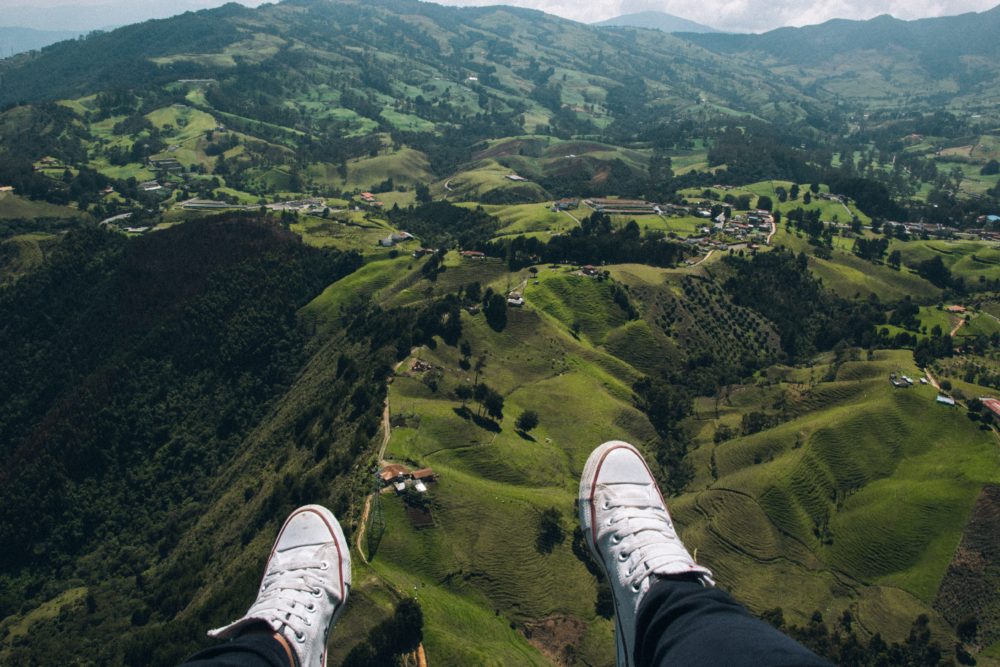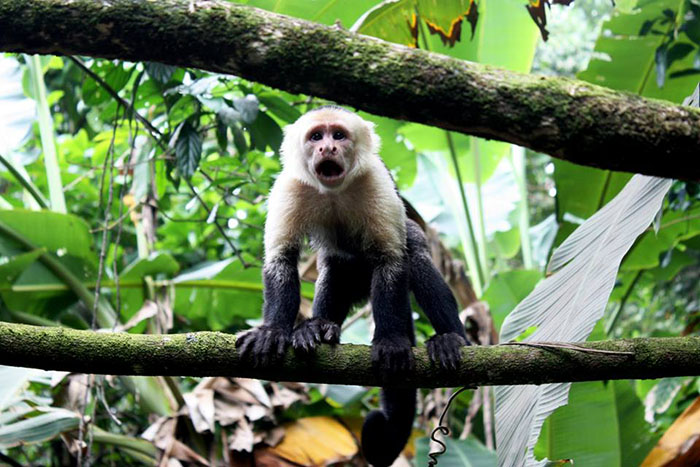Cuba. Land of rum, cigars, salsa, classic cars, the mojito, stunning sunsets and pirate treasure; colonial architecture, politics, music and the history. What’s not to like?
While exploring the historic as well as modern Havana, you will get a sense of history but you will also experience a sense of the place when you hear the sound that makes your toes tap of guitars and drums that play in the distance. While brightly attired dancers sway in time with the music, the many smiling faces of the locals living amidst some crumbling old buildings and cars from the 50’s gives you goose bumps. Add this to the fact that you are on a large Caribbean island just about to sip a mojito, you will think you’re in heaven.
When you immerse yourself in a new place, with a language that may be your second, lots of laughter helps to communicate. Sign language along with a smile and attempt to speak Spanish with a phrase book helps guide you on your way to a blissful holiday.
Cuban culture is influenced by its melting pot of cultures, primarily those ofSpainandAfrica. Although some say that in the 1940’s and 50’s, Cuba was the place for American millionaires and the remnants of their time there are empty mansions and big cars. And, of course, the Russian influence still exists with the current political structure and leftover ideology of Communism.
But it is the music and the way people move that capture your attention and your heart. Cuban music is very rich. The central form of this music is son, which means sound and it is ubiquitous with its Afro-Cuban rhythms. Other musical styles including salsa, rumba, mambo, and the cha-cha-cha all take their cue from son. Traditional Cuban instruments are of African origin: the maracas, güiro, marimba and various wooden drums. Havana is also the heart of the rap scene in Cuba when it began in the 1990s. During that time, reggaetón has also grown in popularity.
“All I know is that within an hour of arriving inCuba, and without trying very hard, I was dancing with the locals,” says Vincent Crump in an article for The Sunday Times. Crump continues that “the thing I have learned aboutHavanais that it lives up to its postcard.”
Havanavieja – or old Havanais a kaleidoscope of 400 year old buildings along side cathedrals, bars and bodegas. Stroll along Havana's Malécon during the early evening which is the seaside path that may lead you to the Tropicana or beyond.
Most people say that you do not go toCubafor the food. But after a traditional meal that includes meat, black beans, yellow rice, plantains and fried yuca washed down with a beer, you will be ready for the next dance. Or, for the next mojito. Go to La Bodeguito del Medio, once frequented by Hemingway, Graham Greene and Errol Flynn, plus a daiquiri at La Floridita, another Ernest favourite.
Remembering you are in the middle of theCaribbean, it’s time to get out to the beaches and countryside after a day or two in the city. Visit the Partagas factory to buy your Cohiba cigars, ranked the world's finest. Sail to theislandofCayo Levisawhich is a small coral key off the Gulf of Mexico. Drive past the sugarcane and tobacco fields towards the royal palms and the limestone mountains. Stop at a farmers market for lunch or sit in the shade to watch the locals stroll by.
The magical city of Cienfeugos, which is known as the ‘Pearl of the South’ was founded by pioneers from Louisiana and Bordeaux. The French flair has been stamped on this city with its world renowned performing art centres and spacious urban design.SantiagoandTrinidadare two cities to visit that boast stunning colonial architecture, great entertainment and significant historical sites.
Tourism in Cuba is still in its infancy so be prepared to have an internal flight changed or a phone signal go out. You may get a flat tyre on the uneven roads or have the air conditioning stop from a power outage. This is all part of the adventure and a story to tell amongst good friends. Don’t let this stop you!






